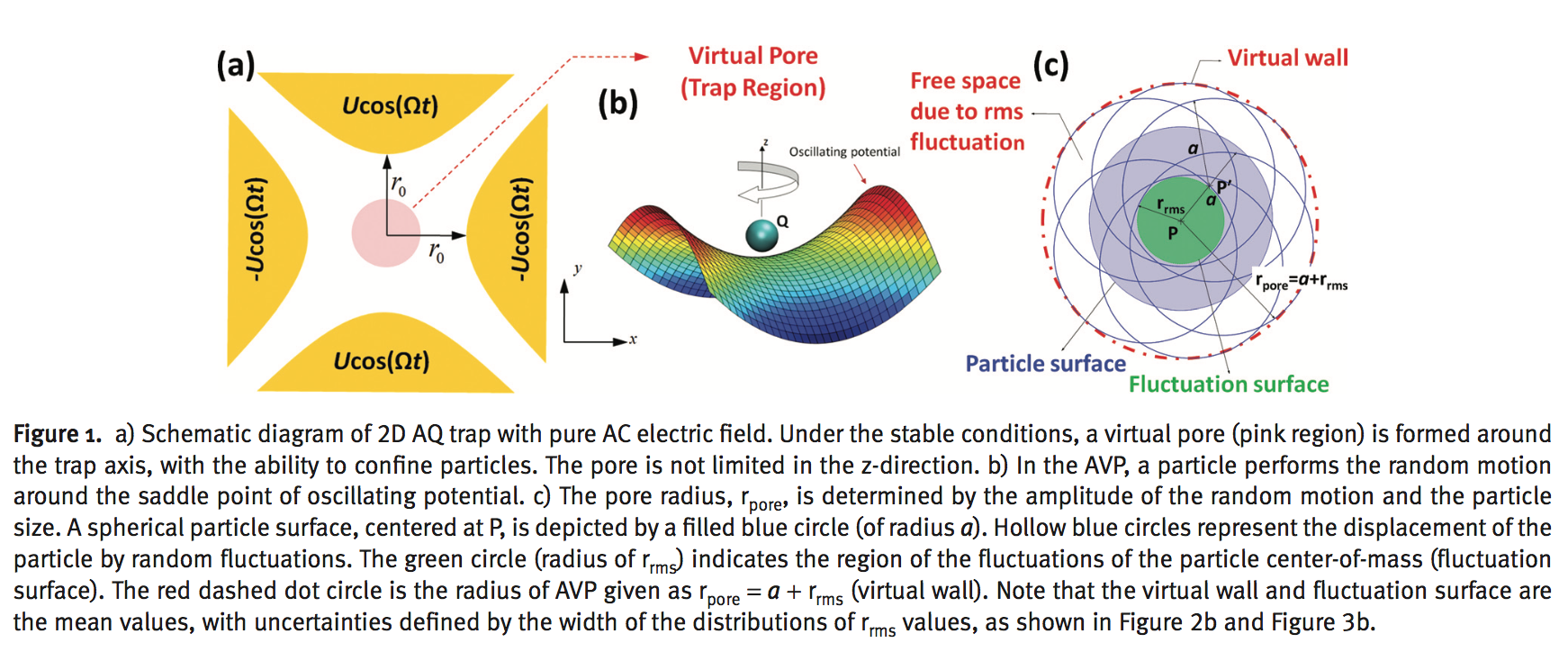Virtual Nanopores and DNA Synthesis
The Genapsys concept of virtual wells, defined by fields and use of nanopores by Iridia to selectively expose a template under synthesis to a polymerase had me pondering over the concept of a virtual nanopore. That is to say, a nanopore that is defined by fields rather than physically.
My initial thoughts were that a larger pore (>1nm, perhaps as large as 10 to 100s) could have embedded negatively charged electrodes. The field generated by these electrodes might be used to further restrict the area though which a strand can translocate the pore.
It seems unlikely (though not impossible?) that this would produce a pore that could be used for sequencing (the height of the pore, and construction point being difficult to control precisely).
However, in the Iridia concept the construction point doesn’t need to be thin, the diameter of the pore just needs to be small enough that the polymerase (also negatively charged?) can not translocate through the pore. So such a pore could be valuable for synthesis if it could be made to work.
In addition to this, because the size of the nanopore is adjustable, it might be possible to completely close the pore. This could be valuable in some designs.
Googling around for virtual nanopores, I came across a paper describing a related concept [1].
The paper “Tunable Aqueous Virtual Micropore” describes the application of a quadrupole trap to the translocation of biomolecules. The concept is demonstrated using a planar micron scale system using beads.
The quadrupole approach is used in mass spectrometers to direct ionised particles. In this system they’re used to direct the motion of a particle based on its mass/charge ratio.
To me this system seems more complex than required to confine the strand, but there’s quite likely something I’m missing. In a nanopore system, I assume electrodes would be embedded in the side of the pore. This would allow the strand to be confined as it translocates. Unfortunately the paper was published in 2012 and there doesn’t appear to have been a follow up.
I’m curious to see if some kind of field based confinement ever gets applied to synthesis systems. It also seems possible that the virtual well concept could be of value here.
[1] https://onlinelibrary.wiley.com/doi/abs/10.1002/smll.201101739
